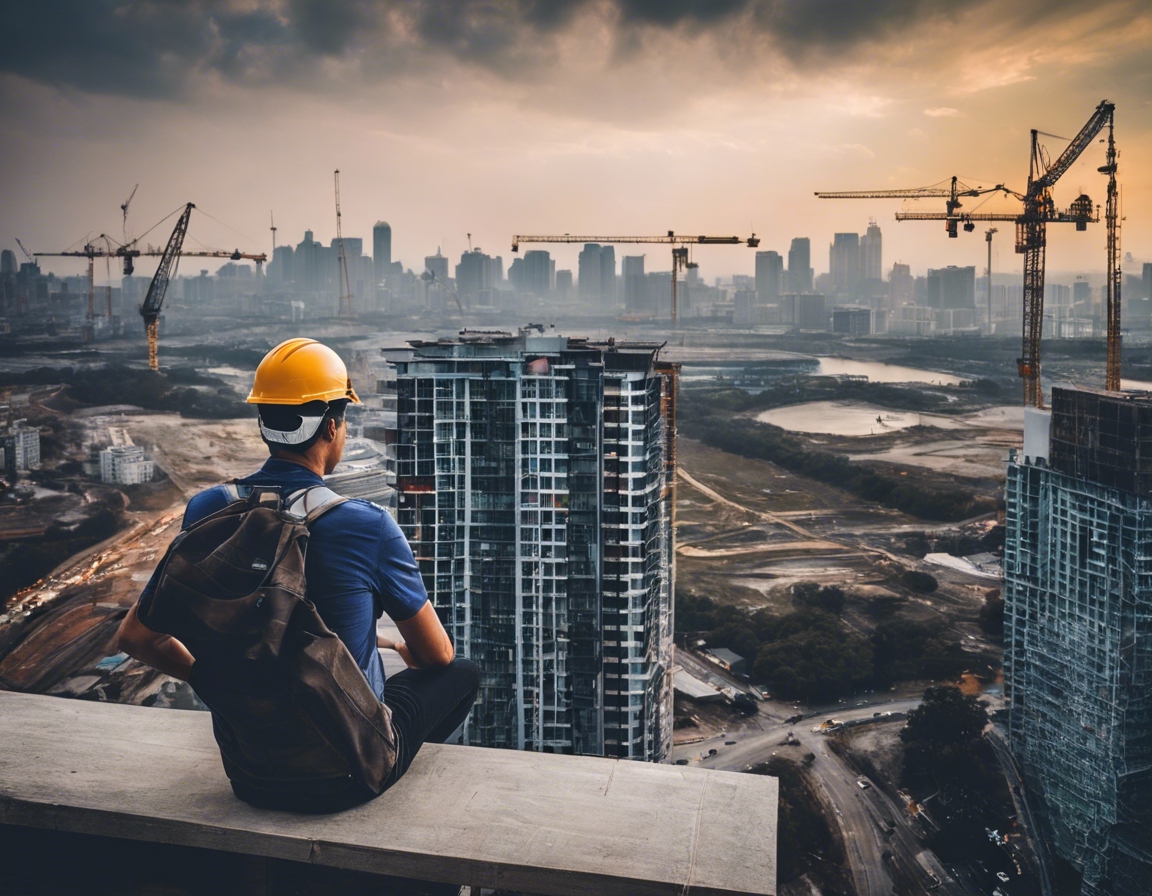The future of urban development: community-centric spaces
Urban development has traditionally been driven by economic growth, often at the expense of social and environmental considerations. However, a paradigm shift is occurring towards more sustainable and community-focused urban planning. This shift recognizes the importance of creating spaces that foster social interaction, cultural expression, and environmental stewardship.
Community-centric spaces are designed with the well-being of residents at their core. These spaces prioritize accessibility, inclusivity, and the preservation of local culture and heritage. They aim to create a sense of belonging and encourage community engagement.
The Importance of Community-Centric Spaces
Living in a community-centric space can significantly enhance quality of life. These areas provide opportunities for social connection, cultural activities, and access to amenities that support a healthy lifestyle.
Community-centric urban development often incorporates green spaces and sustainable practices that contribute to a healthier environment. These practices can reduce urban heat islands, improve air quality, and promote biodiversity.
While the upfront costs of developing community-centric spaces can be higher, the long-term economic benefits include increased property values, attraction of businesses, and job creation.
Key Elements of Community-Centric Urban Development
Green spaces are essential for community-centric development. They provide areas for recreation, relaxation, and social gatherings, while also serving environmental functions such as stormwater management and temperature regulation.
Preserving historical architecture not only honors a community's heritage but also provides a unique character that can be leveraged for tourism and local pride.
Adaptive reuse involves repurposing old buildings for new uses. This approach reduces waste, preserves history, and can provide creative and flexible spaces for modern needs.
Designing for inclusivity and accessibility ensures that community-centric spaces can be enjoyed by everyone, regardless of age, ability, or socioeconomic status.
Challenges and Considerations
Developers often face complex regulations that can impede the creation of community-centric spaces. Navigating these challenges requires expertise and often, a collaborative approach with local authorities.
Ensuring the financial viability of community-centric projects is crucial. This may involve innovative funding models and careful planning to balance costs with long-term value creation.
For a space to be truly community-centric, the input and engagement of local residents are vital. This can be achieved through participatory planning processes and ongoing dialogue.
Innovative Approaches to Community-Centric Development
Public-private partnerships can be a powerful tool for developing community-centric spaces, allowing for resource sharing and risk distribution between the public and private sectors.
Co-living and co-working spaces reflect the changing dynamics of how people live and work. These spaces promote community and collaboration, often with a focus on sustainability.
Integrating smart technology into urban development can enhance the functionality and sustainability of community-centric spaces. This includes everything from energy-efficient buildings to digital platforms that facilitate community engagement.






Comments (0)